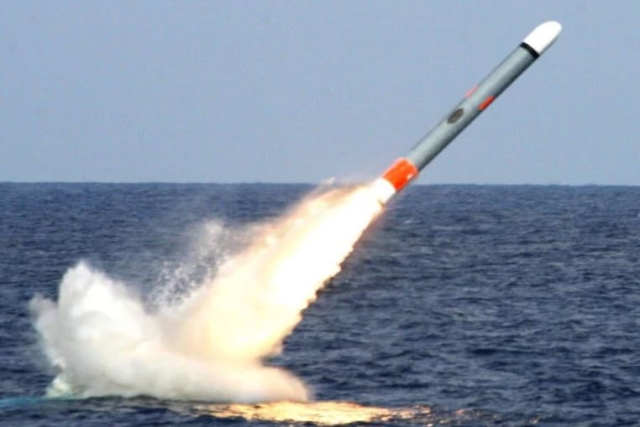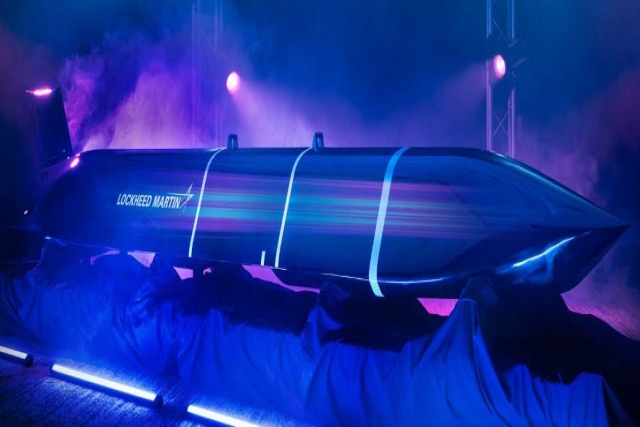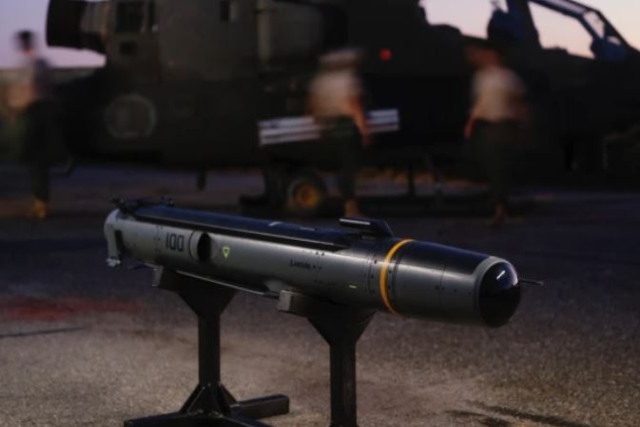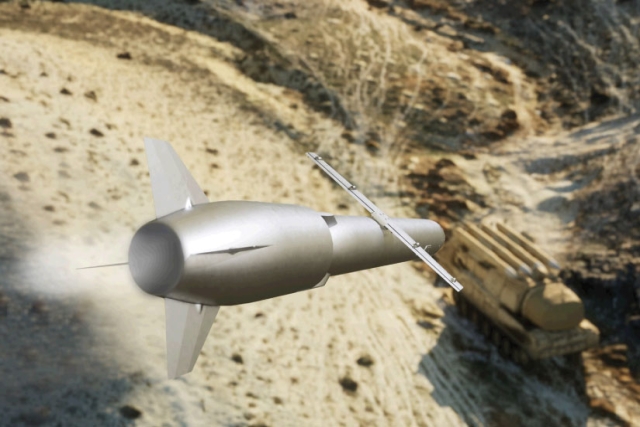U.S. Plans Nuclear-Armed Cruise Missile Development
Prototype for Sea-Launched System Expected Within Three Years

The U.S. government reportedly plans to develop a prototype of a new sea-launched nuclear cruise missile (SLCM-N) within three years, with operational readiness targeted for 2034.
The system is intended for integration into the U.S. Navy's Virginia-class attack submarines.
According to a government document cited by multiple reports, the SLCM-N will be deployed initially at the U.S. Navy's strategic weapons facilities in Kings Bay, Georgia, and Bangor Base, Washington State. These facilities will manage all operations related to the system, including warhead installation, missile storage, and loading.
The Pentagon has sought input from the U.S. defense industry to assess its ability to rapidly produce prototypes. This feedback will help determine whether industrial resources and interest align with the program's requirements, ensuring that the first prototypes are ready by 2027 and full deployment achieved by 2034.
While the SLCM-N initiative has Congressional backing, some experts have raised concerns about its execution. Critics suggest that the program could progress faster by modifying existing Tomahawk Block V cruise missiles. However, reviving Cold War-era nuclear-tipped Tomahawk technology presents significant industrial challenges.
The program's trajectory may also be influenced by political developments, such as the potential return of Donald Trump to office, given his prior support for low-yield, submarine-launched nuclear weapons as a countermeasure to Russian and Chinese tactical nuclear capabilities. The Navy is collaborating with the Office of the Secretary of Defense and Congress to refine the program's framework and address associated challenges through trade studies.
Additionally, the U.S. Navy is advancing other key projects, including the Conventional Prompt Strike (CPS) hypersonic missile and upgrades to the Trident II D5 ballistic missiles for Columbia-class submarines.













